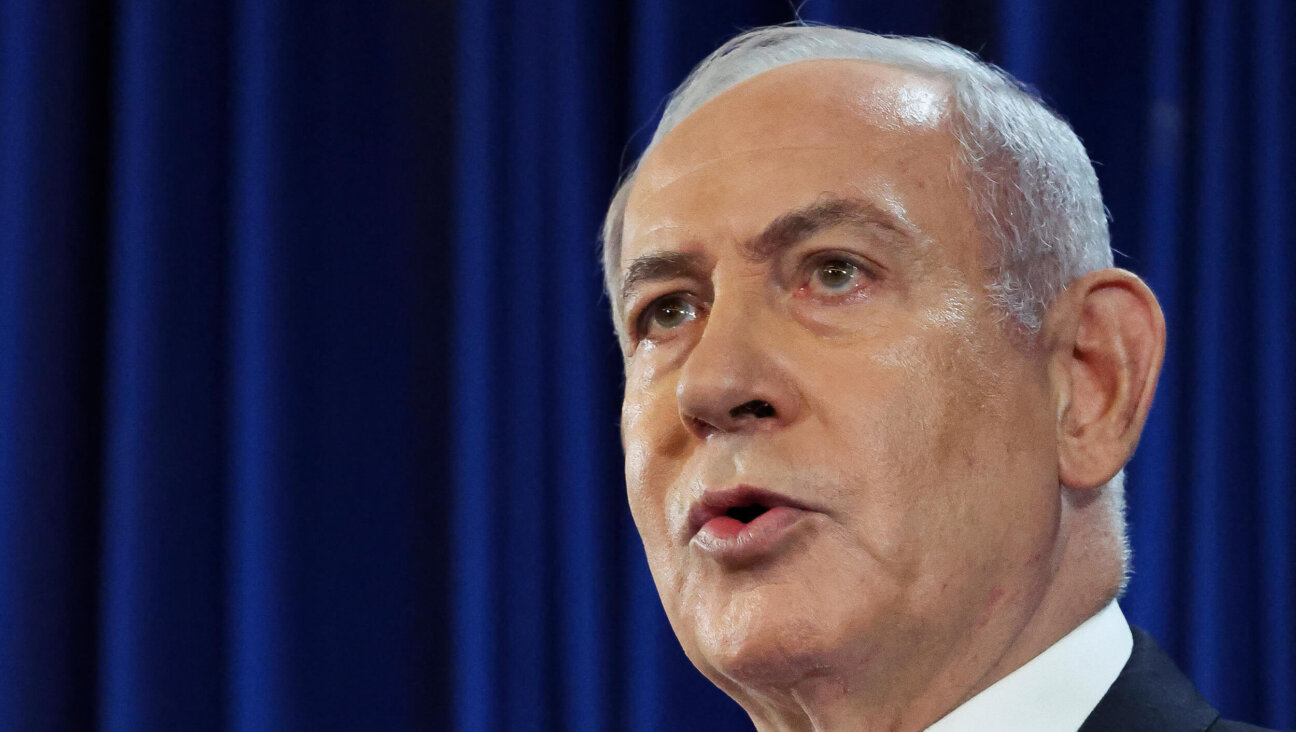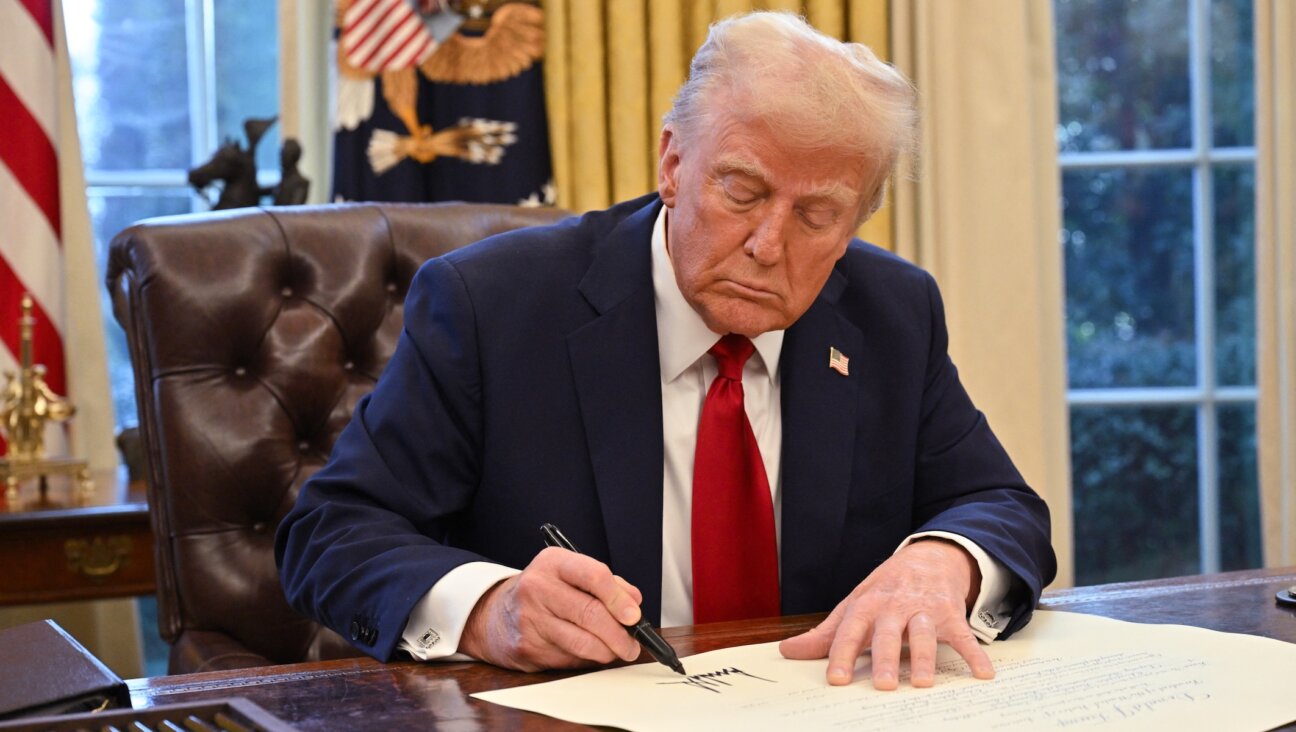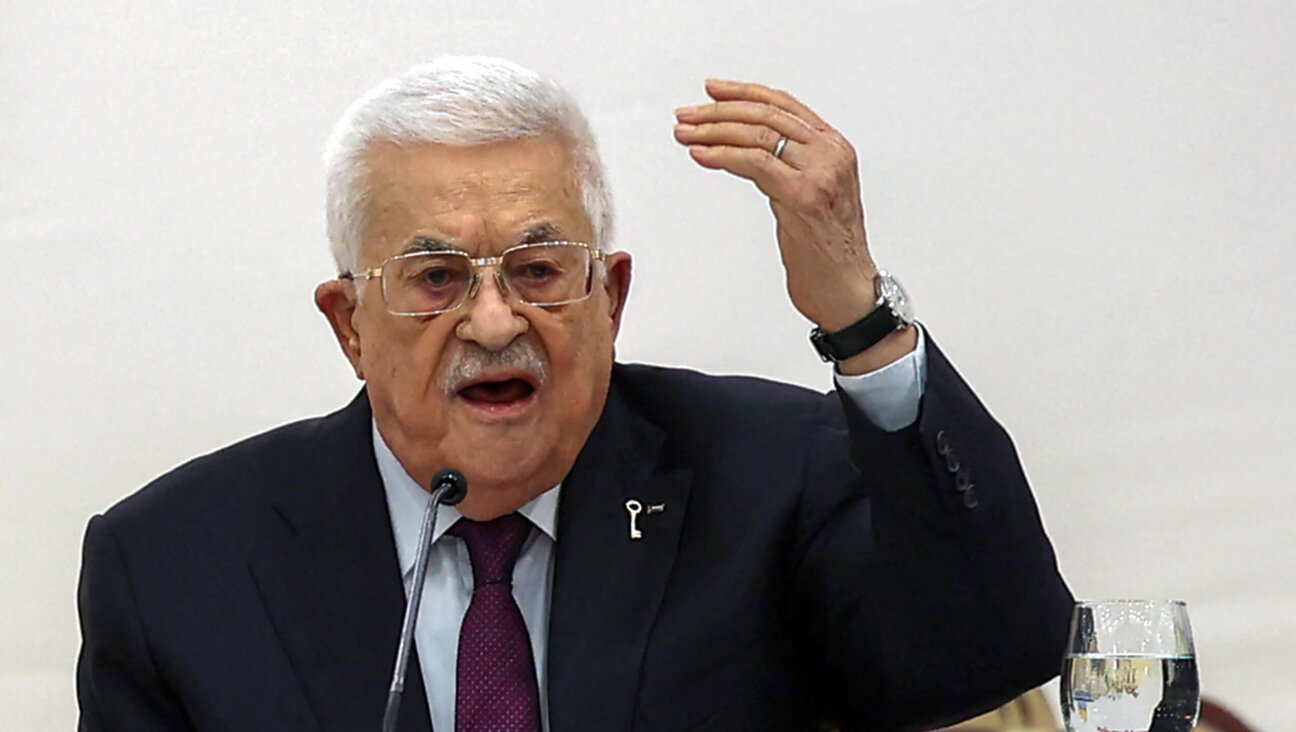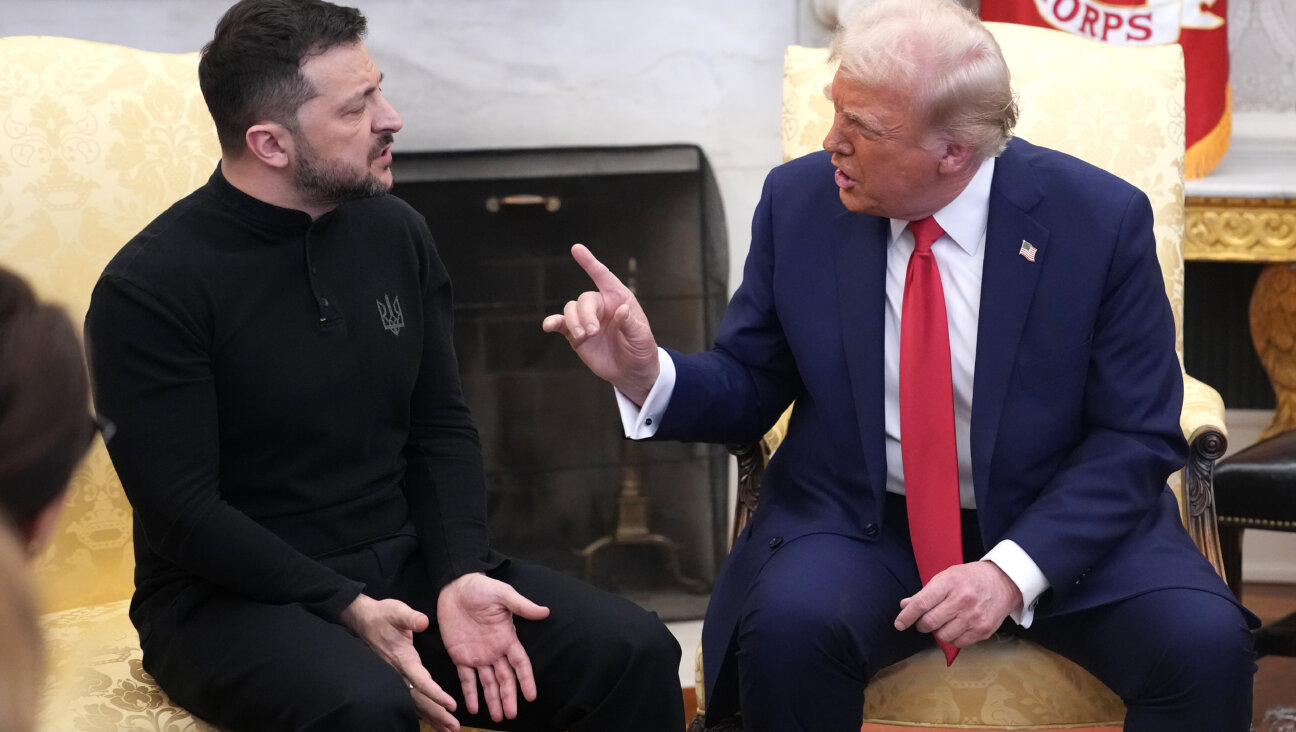Disarming Dreams, Nuclear Realities
President Obama’s landmark speech in Prague on April 5, in which he proclaimed “America’s commitment to seek the peace and security of a world without nuclear weapons,” was certainly historic. But it was not entirely without precedent.
Ever since the days of Harry Truman, America’s first atomic president, almost every American administration — Democratic and Republican alike — has invoked the ideal of nuclear abolition in one form or another. Indeed, legally, the commitment to nuclear disarmament has been the law of the land ever since the United States Senate ratified the Non-Proliferation Treaty in 1970. Article 6 of the treaty commits all signatories “to pursue… the cessation of the nuclear arms race at an early date.”
In the past, however, this talk was little more than idealistic rhetoric devoid of political content. One could make the case that no American president — with perhaps the short-lived exception of Ronald Reagan at Reykjavik in 1986 — took seriously the vision of a world without nuclear weapons. Ever since the collapse of the Baruch Plan in 1946, the first and last American plan for comprehensive nuclear disarmament, such a vision has been anathema to American statesmen, diplomats and military leaders. A world without nuclear weapons was viewed as neither feasible, nor desirable. From this historical vantage, Obama’s pledge signifies the kind of transformative change he promised during his campaign.
Still, even as Obama committed himself in Prague to the vision of a nuclear weapons-free world, his commitment remains, for now, tentative and exploratory. This is prudent. At present, nobody in America or elsewhere has a thought-out plan for what the path to global nuclear zero would look like. Even the optimists among nuclear abolitionists think that it would take decades to achieve the goal of complete nuclear disarmament.
Meanwhile, progress toward this ambitious goal could easily be thwarted before it even has a chance to gain momentum. The first real test of the seriousness of Obama’s vision will be Iran. If Obama succeeds in persuading Iran not to become a nuclear-armed state (or a nearly nuclear-armed state), his global vision will be boosted. This requires a deal that would leave Iran unequivocally — politically and technically — within the non-nuclear-armed camp. Failure to achieve this would be also a major blow to Obama’s vision. If a signatory to the Non-Proliferation Treaty, such as Iran, is allowed to brazenly violate its treaty obligations, other countries would be loath to forswear the development of a nuclear weapons capability, and declared nuclear states would hardly be likely to take even modest steps toward giving up their existing arsenals.
Israel, meanwhile, presents a very special, if much more distant, challenge to Obama’s vision. Israel has been in possession of nuclear weapons since the late 1960s. Unlike Iran, Israel did not violate any international treaty obligations when it initiated its nuclear program half a century ago. This was only a decade after the Holocaust, when tiny Israel had no alliance with any international power, and Prime Minister David Ben-Gurion feared a pan-Arab coalition would try to wipe Israel off the map. Israel had perhaps the strongest case of any nation — both morally and politically — to go nuclear in a world still lacking nonproliferation norms.
But Israel has never formally acknowledged its status as a nuclear power. Instead, Israel has maintained a policy known as “nuclear opacity,” in which it neither confirms nor denies having nuclear weapons. Israel assumed this stance in order to minimize the likelihood of Arab nuclear proliferation and to avoid confrontation with the United States. This policy was born out of a secret deal that Prime Minister Golda Meir made with President Richard Nixon in 1969. The United States knew about Israel’s nuclear capacity and understood the reasons for it, and Israel, for its part, pledged to keep its arsenal invisible — a pledge it has honored to this day.
At the time this policy was conceived, it made sense. Today, however, it puts Israel in an increasingly awkward position. Nuclear opacity is fundamentally incompatible with the logic and vision of nuclear disarmament, which requires transparency. If and when Obama’s vision advances to the stage of international consultations, Israel, with American diplomatic assistance, will have to find a way to come clean and abandon its policy of nuclear ambiguity.
This is a challenge that has a much broader political dimension. Since the early 1980s, Israel has publicly supported the vision of a Middle East free of nuclear weapons. But it has emphasized that this goal could only be realized when all states in the region recognize one another.
Israel’s unique nuclear stance is an outgrowth of its unique regional circumstances. Until Israel succeeds in normalizing its international position, and achieves recognition from its neighbors, it will continue to present special challenges to those pursuing the goal of global nuclear disarmament.
Avner Cohen is the author of “Israel and the Bomb” (Columbia University Press, 1998) and the forthcoming “Israel’s Bargain with the Bomb,” due out next year from Columbia University Press.
The Forward is free to read, but it isn’t free to produce

I hope you appreciated this article. Before you go, I’d like to ask you to please support the Forward.
Now more than ever, American Jews need independent news they can trust, with reporting driven by truth, not ideology. We serve you, not any ideological agenda.
At a time when other newsrooms are closing or cutting back, the Forward has removed its paywall and invested additional resources to report on the ground from Israel and around the U.S. on the impact of the war, rising antisemitism and polarized discourse.
This is a great time to support independent Jewish journalism you rely on. Make a gift today!
— Rachel Fishman Feddersen, Publisher and CEO
Support our mission to tell the Jewish story fully and fairly.
Most Popular
- 1

Opinion The dangerous Nazi legend behind Trump’s ruthless grab for power
- 2

Opinion I first met Netanyahu in 1988. Here’s how he became the most destructive leader in Israel’s history.
- 3

Opinion Yes, the attack on Gov. Shapiro was antisemitic. Here’s what the left should learn from it
- 4

News Who is Alan Garber, the Jewish Harvard president who stood up to Trump over antisemitism?
In Case You Missed It
-

Fast Forward Trump mandates universities to report foreign funding, a demand of pro-Israel groups
-

Fast Forward Exclusive: Trump nominee apologizes for praising Nazi sympathizer while awaiting Senate confirmation hearing
-

Fast Forward Global antisemitism has declined since Oct. 7, Tel Aviv University says
-

Yiddish World VIDEO: Warsaw Ghetto Uprising commemoration highlights women ghetto fighters
-
Shop the Forward Store
100% of profits support our journalism
Republish This Story
Please read before republishing
We’re happy to make this story available to republish for free, unless it originated with JTA, Haaretz or another publication (as indicated on the article) and as long as you follow our guidelines.
You must comply with the following:
- Credit the Forward
- Retain our pixel
- Preserve our canonical link in Google search
- Add a noindex tag in Google search
See our full guidelines for more information, and this guide for detail about canonical URLs.
To republish, copy the HTML by clicking on the yellow button to the right; it includes our tracking pixel, all paragraph styles and hyperlinks, the author byline and credit to the Forward. It does not include images; to avoid copyright violations, you must add them manually, following our guidelines. Please email us at [email protected], subject line “republish,” with any questions or to let us know what stories you’re picking up.















